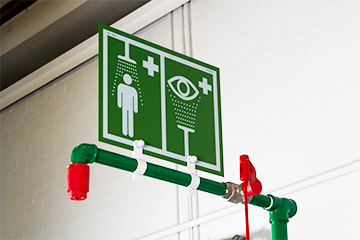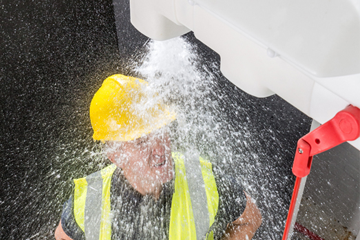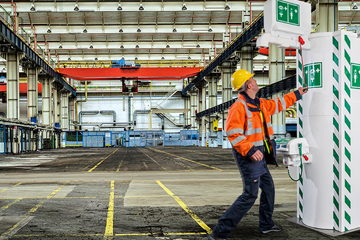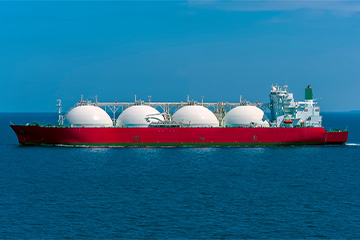Enquiry List () (0)
- 24 Jul 2024
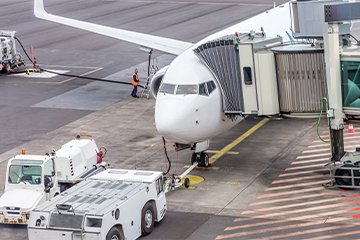
Safety Measures Fit for Take-Off: Protect Fuellers from Accidental Spills
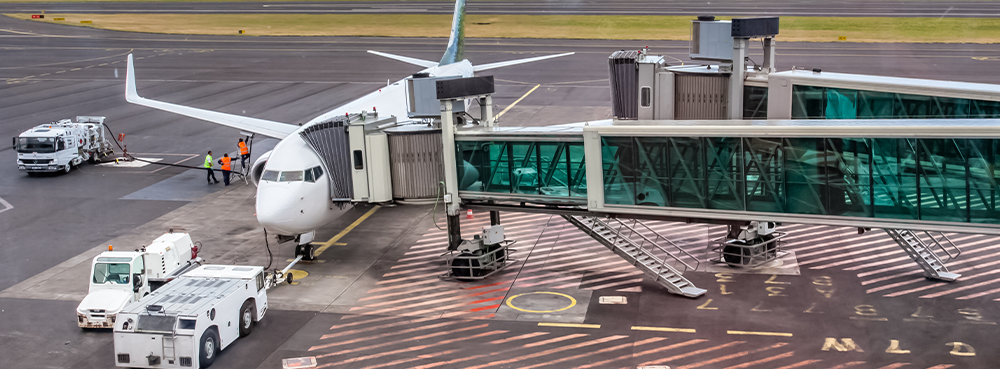
2024 is projected to be a milestone year for global passenger traffic recovery, with an expected 9.4 billion passengers, surpassing the 2019 level of 9.2 billion passengers. Light aircraft such as an Airbus A320 can hold 27,000 litres of fuel. While this is a staggering capacity, it pales in comparison to larger aircrafts. The Boeing 777, for example, can hold over 100,000 litres of fuel which weighs over 80 metric tonnes. Regardless of aircraft size, the refuelling process is extremely delicate and is conducted meticulously every time due to the severity of the dangers involved.
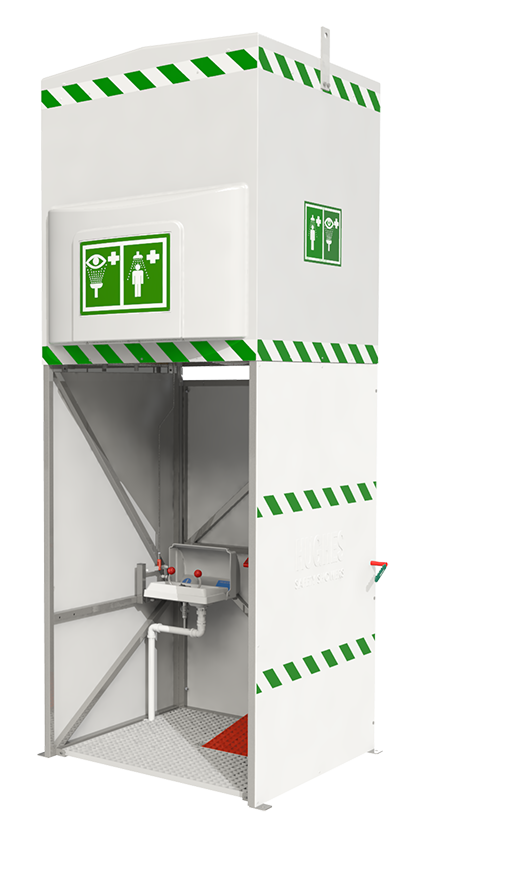
There are two main types of jet fuel: wide cut, and kerosene. Kerosene fuels are more commonly used in passenger planes, except for in extremely cold climates. Kerosene based fuels are stable enough that passengers can board or exit the aircraft during refuelling while observing certain safety measures. Wide cut gasoline is a compound made from 70% gasoline and 30% kerosene and is popular for its extremely low freezing point and lightweight properties. This type of fuel is most common in colder climates and military aircraft. However, this mixture is significantly more volatile and requires greater care, as such passengers of the aircraft cannot be present while refuelling.
Strict safety measures are in place at the fuelling site due to the various ignition risks which could cause a widespread fire or even an explosion if not contained quickly enough. The refuel truck must be switched off in addition to any other vehicles in the vicinity. Workers are advised to switch off mobile phones and any electrical equipment that could be at risk of sparking in the fuelling area.
Where the trucks are being refuelled, workers should have access to an emergency safety shower within 10 seconds’ reach. The Hughes’ range of tank-fed showers are ideal in locations where a reliable water supply is unavailable. The 1500L tank shower is compliant to international standards, providing 15 minutes of relief to a casualty and can be fitted with an optional eye wash to provide an all-in-one solution. An optional drainage sump can be added to contain the contaminated water and safely dispose after use.
The aircraft itself is also prone to a large build-up of static which could produce a spark. To control this risk a grounding cable is attached to the aircraft to release the build-up before it is safe to attach the fuel pump. Workers must also ensure that the pump is secured properly and observed throughout the refuel. In 2001, a routine re-fuel at Denver Airport led to disaster when the fuel hose coupling separated from the fuel access panel. The operator was facing away from the access panel at the time and had to be alerted to the hazard by an engineer. This resulted in a fuel spill, coating both the engineer and fueller. A blaze then broke out which engulfed the fuel operator who later succumbed to their injuries. While refuelling of the aircraft takes place, tests are carried out on the jet fuel to ensure no trace contamination from elements such as water. These tests are fundamental, as water’s freezing point is much higher than that of the fuel. At high altitudes and in colder climates, this causes ice to accumulate in the wings, causing blockages which prevent the fuel from circulating properly leading to fuel starvation in the engines. Such was the case in 2008 when a British Airways flight crashed just short of its scheduled landing at London’s Heathrow airport when ice flowed downstream and consequently restricted fuel flow to the fuel-oil heat exchangers in both engines. The aircraft was the first of its kind to be considered a complete hull loss.
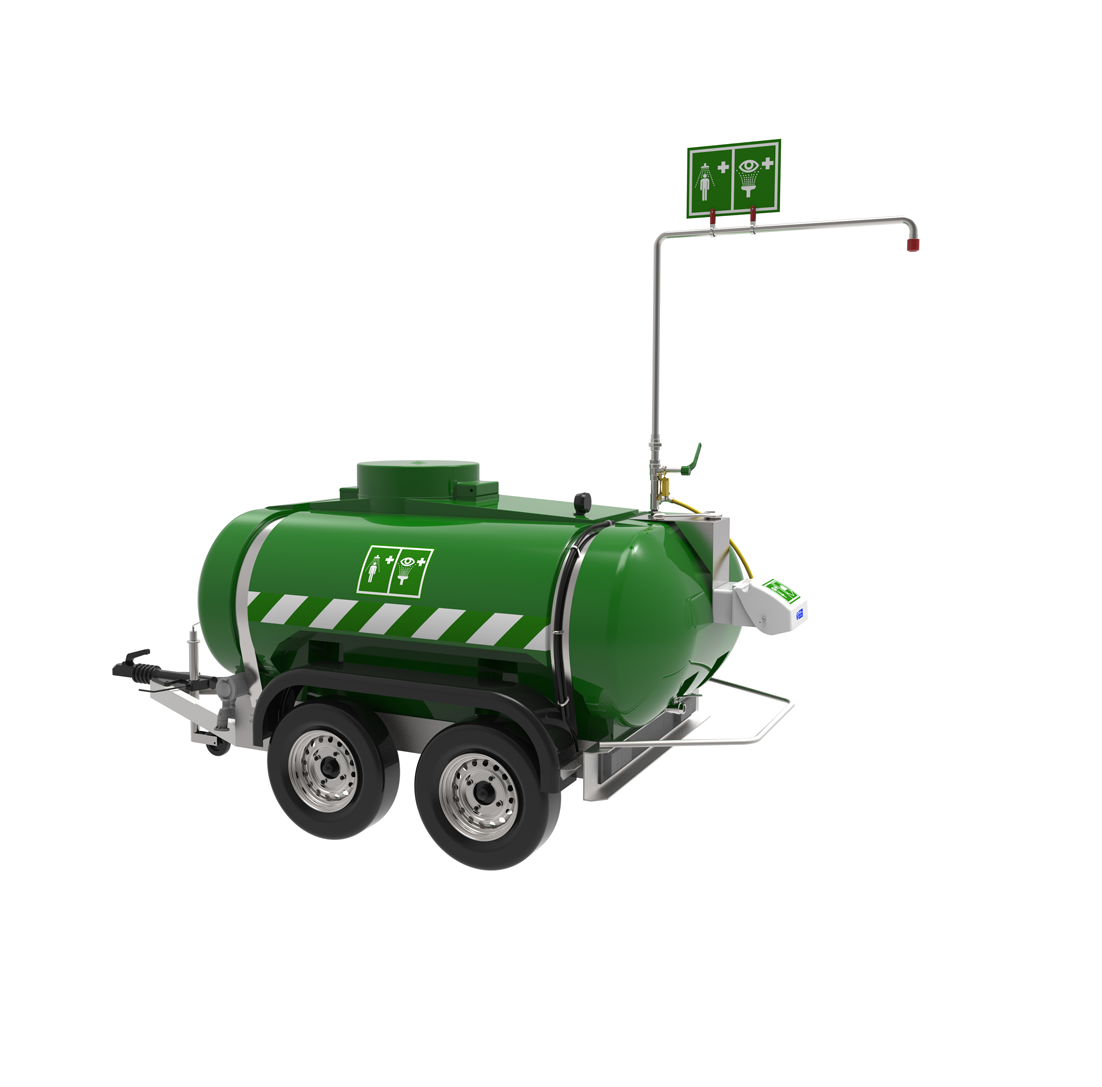 To perform such tests, the fueller is required to manually extract a sample of the jet fuel, before inspecting and testing. Due to the fueller’s direct exposure to the fuel, chemical spills can occur from operator error. As aforementioned, there are several ignition risks at a fuelling site, so if any excess gasoline is spilt on the fueller they should have immediate access to an emergency safety shower to decontaminate.
To perform such tests, the fueller is required to manually extract a sample of the jet fuel, before inspecting and testing. Due to the fueller’s direct exposure to the fuel, chemical spills can occur from operator error. As aforementioned, there are several ignition risks at a fuelling site, so if any excess gasoline is spilt on the fueller they should have immediate access to an emergency safety shower to decontaminate.
For manoeuvrability around the runway and refuelling sites, Hughes self-contained mobile bowser features a 1200L tank which would ensure enough water for a thorough decontamination, as per international standards. The towing hitch allows the unit to be manoeuvred around the site and positioned closely to the refuelling zone.
For more safety equipment solutions, submit an enquiry with Hughes.




